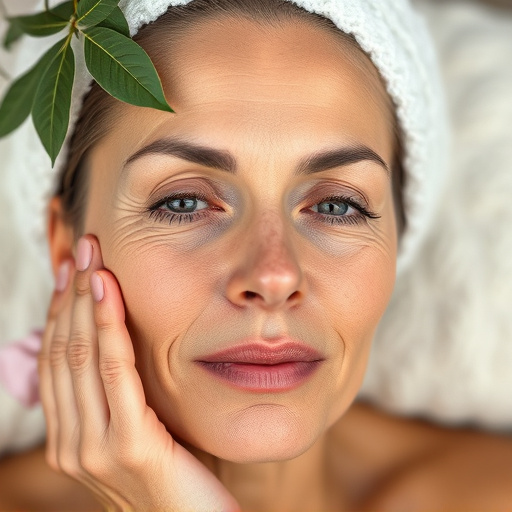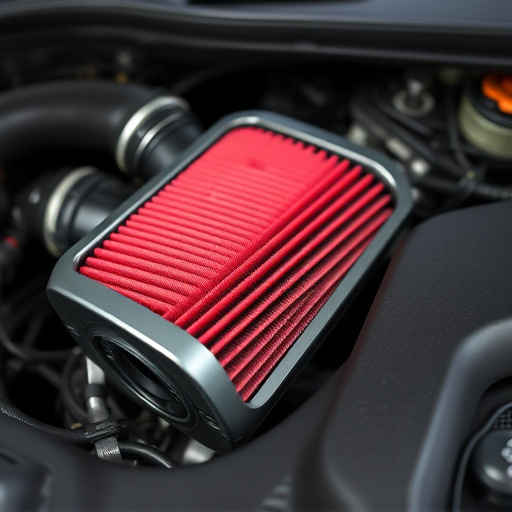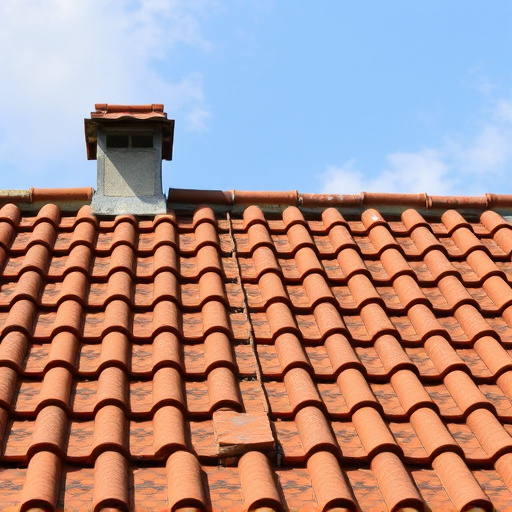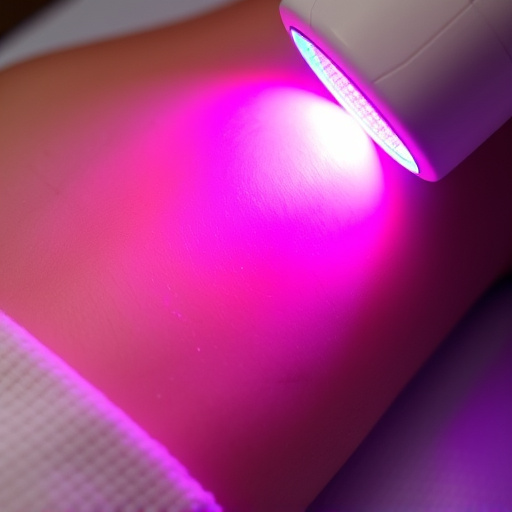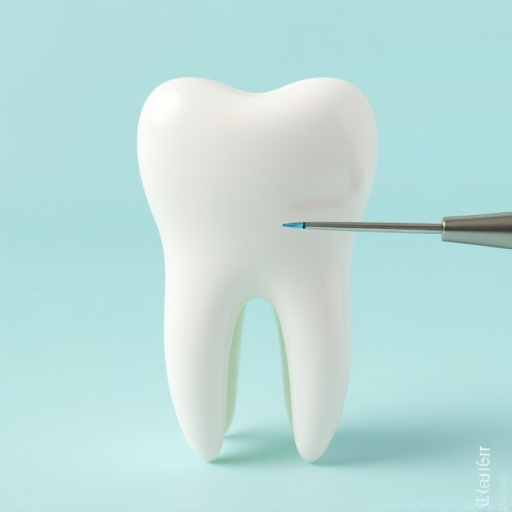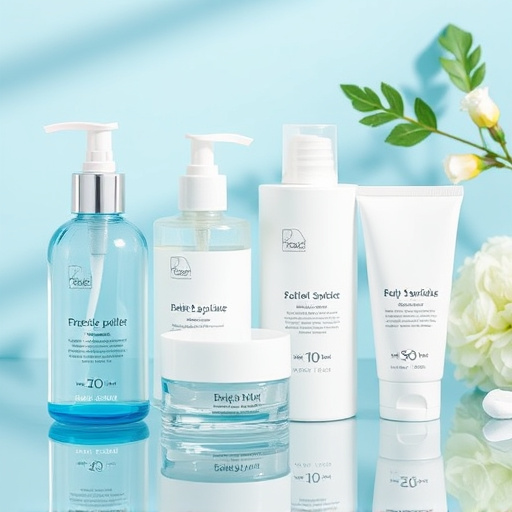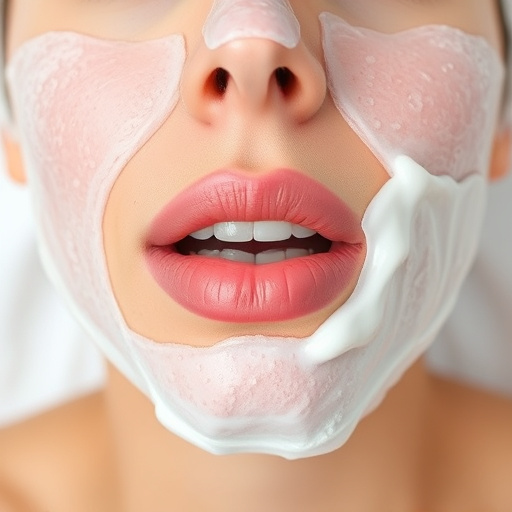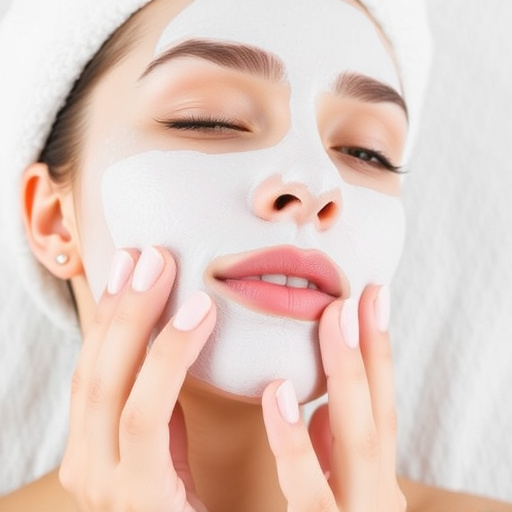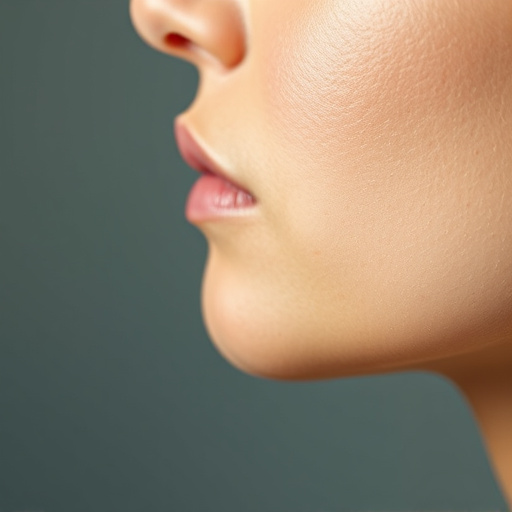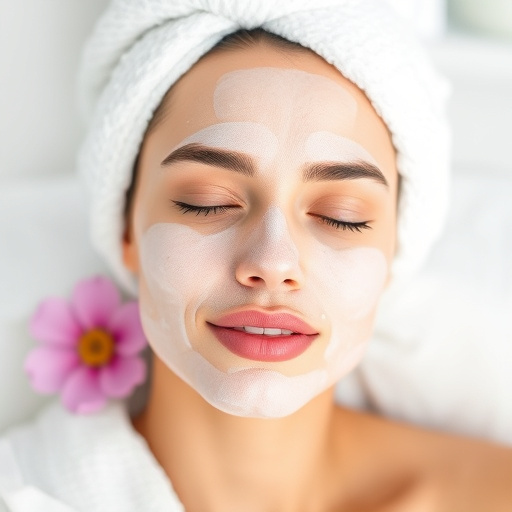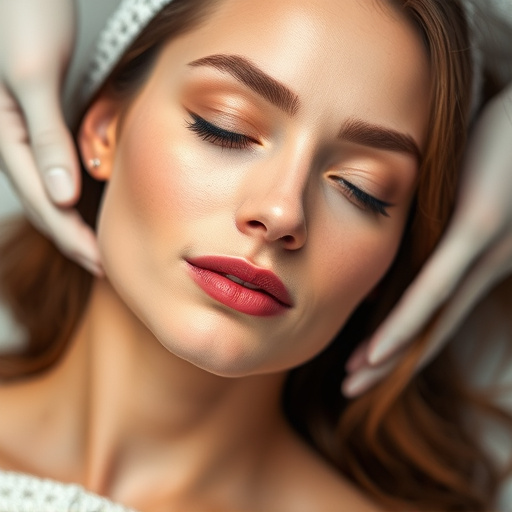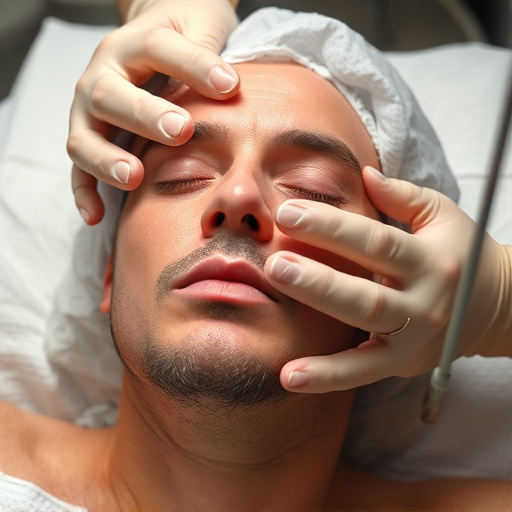Razor bumps (pseudofolliculitis barbata) are caused by ingrown hairs post-shaving or waxing. Treatment involves pore refinement to prevent recurrences and reduce inflammation. Methods include microneedling, acne treatments, topical creams, retinoids, chemical peels, and laser therapy. Prevention focuses on skilled shaving, strategic skincare (e.g., laser hair removal, microdermabrasion), and exfoliation to clear follicles and improve skin texture.
Ingrown hairs can cause unsightly and painful bumps, known as razor bumps, especially after shaving. This article delves into the science behind these irritations, exploring their causes and effects. We uncover common treatment methods for swift relief, from topical creams to laser therapy. Furthermore, we provide preventive measures focused on razor bump treatment, offering lasting solutions to eradicate ingrown hairs.
- Understanding Razor Bumps: Causes and Effects
- Common Treatment Methods for Effective Relief
- Preventive Measures: Eradicate Ingrown Hairs Once and For All
Understanding Razor Bumps: Causes and Effects
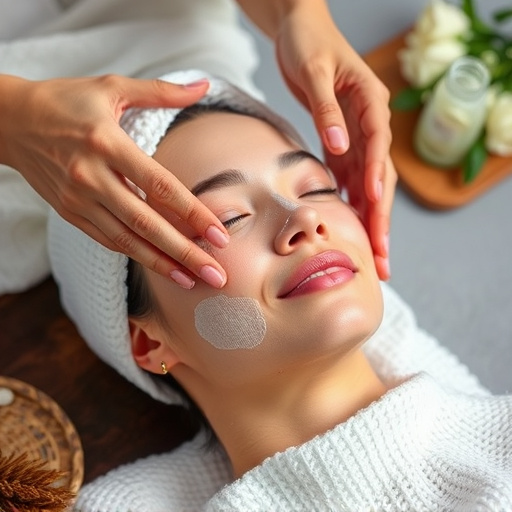
Razor bumps, also known as pseudofolliculitis barbata, are a common skin condition that occurs after shaving or waxing. They present as small, red, raised bumps, often appearing in clusters, primarily on areas where hair grows back through the skin, such as the beard, legs, and arms. Understanding the causes of these bumps is the first step towards effective razor bump treatment.
The primary cause of razor bumps is ingrown hairs, which develop when hair follicles become blocked or inflamed. Shaving or waxing irritates the skin, pushing the hair growth inwards, leading to inflammation and cell buildup around the follicle. This blockage can result from various factors, including poor shaving techniques, using dull razors, harsh skin care products, or even tight clothing. The effects are not just aesthetically displeasing; these bumps can cause itching, burning, and general discomfort. Proper razor bump treatment focuses on pore refinement to prevent ingrown hairs and alleviate the associated symptoms. Techniques like microneedling therapy and acne treatments have gained popularity for their potential in improving skin texture and reducing inflammation.
Common Treatment Methods for Effective Relief

Common Treatment Methods for Effective Relief
When it comes to addressing razor bumps, several treatment options are available to provide effective relief and prevent ingrown hairs. One popular method is the use of topical creams and ointments that contain ingredients like hydrocortisone or salicylic acid. These substances help reduce inflammation and unclog hair follicles, offering temporary yet significant relief from the itching and redness associated with razor bumps. Additionally, over-the-counter or prescription retinoids can be beneficial in exfoliating the skin and promoting new cell growth, which aids in clearing up razor bump symptoms over time.
For more persistent or severe cases, medical professionals may recommend specialized treatments like chemical peels or laser therapy. Chemical peels use concentrated acids to exfoliate the skin, removing dead skin cells and allowing for healthier, smoother skin. Laser therapy, on the other hand, targets hair follicles with precise laser light energy, aiming to disable them and prevent ingrown hairs from forming. These aesthetic treatments offer long-lasting results and are particularly effective in managing chronic razor bump issues, alongside traditional acne treatments, to achieve and maintain clear, smooth skin.
Preventive Measures: Eradicate Ingrown Hairs Once and For All
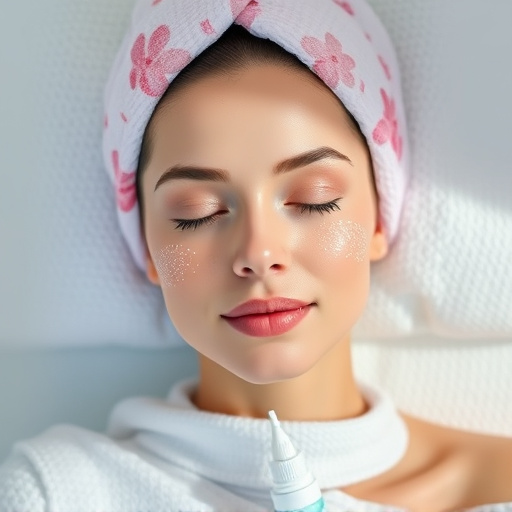
Preventing ingrown hairs is key to avoiding unsightly razor bumps and maintaining smooth, healthy skin. Beyond consistent, proper shaving technique, incorporating a few strategic measures into your skincare routine can significantly reduce the risk of ingrown hairs forming.
Consider treatments like laser hair removal for more permanent solutions that target the root of the problem. Customized facials with exfoliation and extractions can also help clear out hair follicles and prevent blockage, while wrinkle reduction techniques like microdermabrasion may improve skin texture, making it less prone to ingrown hairs.
In conclusion, understanding and addressing razor bumps is key to achieving smooth, ingrown hair-free skin. By recognizing the causes, exploring effective treatments like topical creams, laser therapy, and exfoliation, and adopting preventive measures such as using sharper razors and avoiding harsh scrubs, you can break free from the cycle of painful razor bumps. Implement these strategies into your grooming routine for lasting relief and a confident, bump-free appearance. Remember, the right razor bump treatment approach tailored to your needs can make all the difference in achieving healthy, smooth skin.
